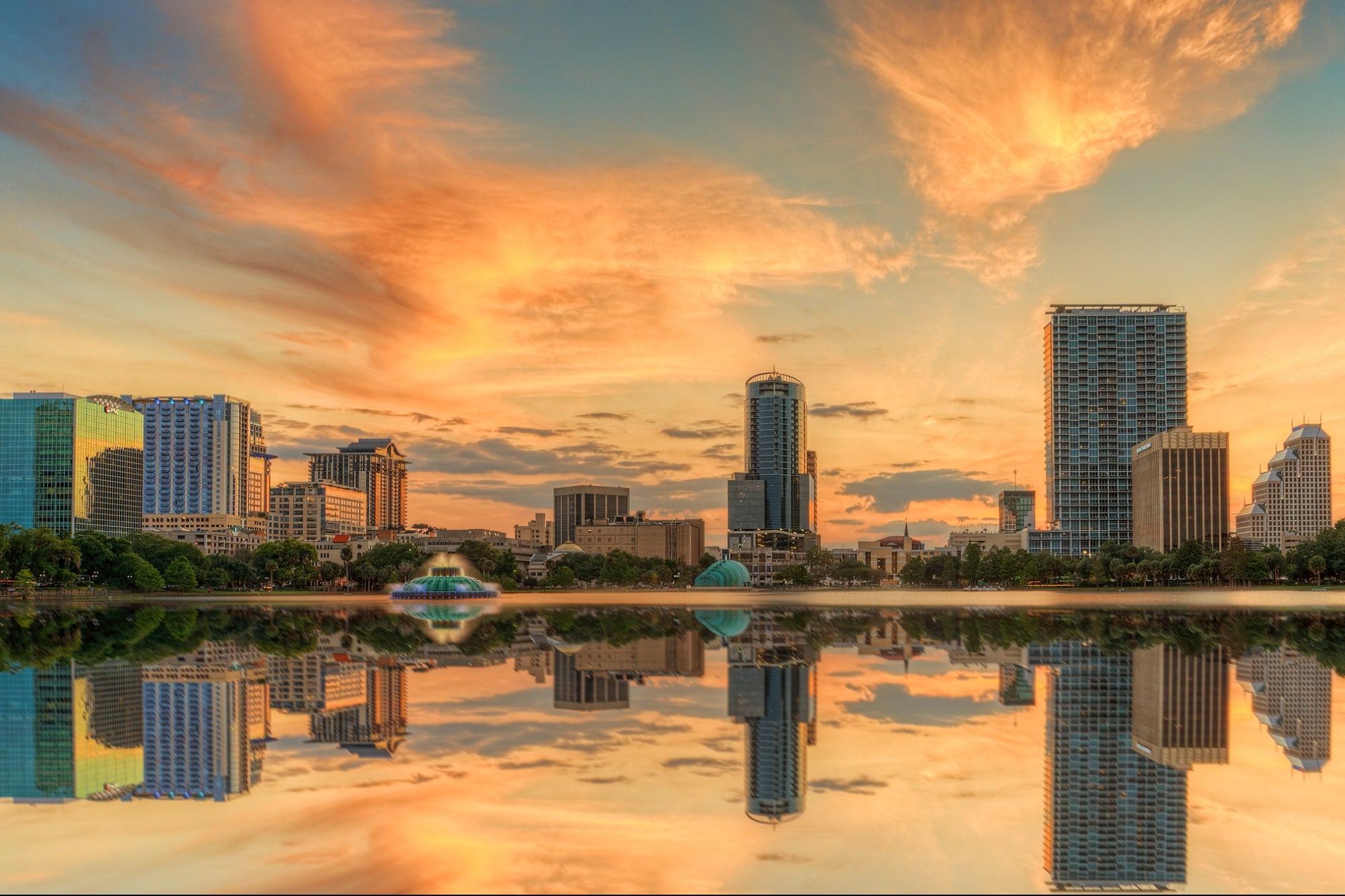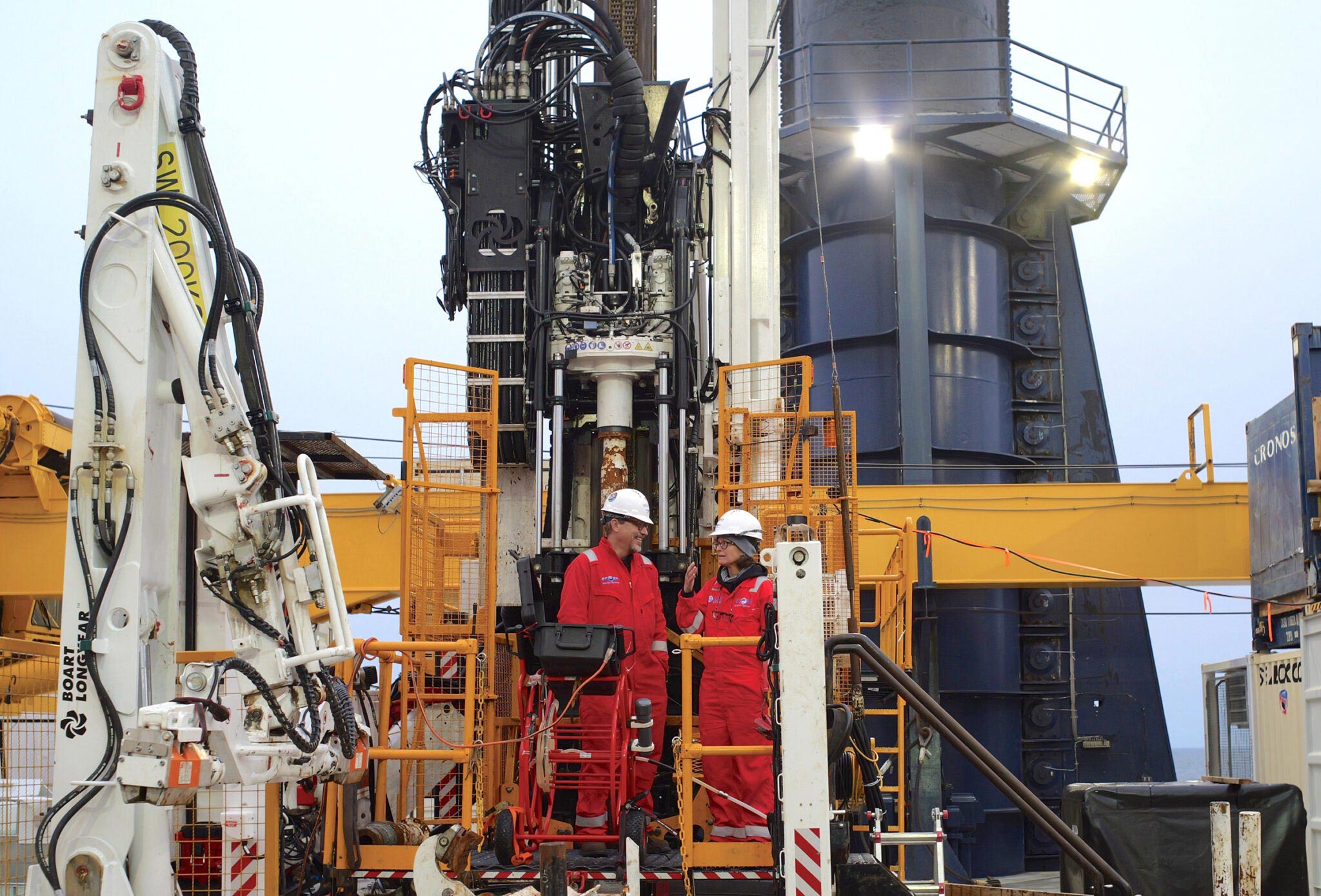In 2010, I stood on the sandy shores of Cape Cod, capturing the stunning architecture of a newly built house that seemed to defy the elements. With its modern design juxtaposed against the natural beauty of Cape Cod National Seashore, it drew admiration and skepticism alike. As the years rolled on, I watched as this grand residence became both a cherished landmark and a source of contention among locals, many of whom worried about its impact on the fragile coastal ecosystem.


As I snapped photos of the house year after year, it felt surreal, as if it were suspended between heaven and earth—a symbol of human ambition amidst nature’s vastness. However, the serenity of those early days soon gave way to the harsh realities of coastal living. With each passing season, the relentless winds and powerful waves of Cape Cod Bay encroached closer to the structure, altering the landscape faster than anyone could have imagined.

Fast forward to February 2025, and the fate of that once-stately house has been sealed. The decades of erosion had taken their toll, and the protective sand around the foundation dwindled, putting the structure at risk of collapse. Last week, local authorities made the difficult decision to demolish the house, as it had become a precarious waiting game—too close to the edge of the bay, where it could easily succumb to the water’s relentless advance.

“This moment serves as a profound reminder of how quickly Cape Cod is disappearing,” remarked a long-time resident watching the demolition. “Every storm, every season, we lose a little more of our shoreline, and it’s sobering to witness.”

Cape Cod is a place where land shifts and changes, where the ocean steadily claims its territory. The removal of the house underscores a broader reality faced by this region: the landscape is ephemeral, and human efforts to stake a claim on it are often undone by the very forces that shape it. “One day, it could all be gone,” another local lamented, reflecting on the loss of not just the house but also the essence of what makes Cape Cod a cherished destination.

In the end, the story of this house serves as both a personal narrative and a cautionary tale. It reflects our enduring struggle against nature’s whims and reminds us that, despite our best efforts to inhabit and enjoy these beautiful places, nature ultimately has the final say. As I look out over the shifting sands and encroaching waters, it’s clear that the beauty of Cape Cod is in a delicate dance with time—and each day brings us closer to a future where this beloved landscape may be forever altered.


February 24, 2025 © Darius Aniunas
In conclusion, the ongoing issue of coastal erosion is a significant threat to Cape Cod’s landscape, with substantial implications for property owners and the local environment. As shoreline beaches continue to recede at an alarming rate, the reality is that even inland properties may soon find themselves at risk. This sobering trend serves as a critical reminder for prospective buyers to carefully consider the long-term viability of their investments in this beautiful yet vulnerable region. Addressing the challenges of coastal erosion will require careful planning and sustainable practices to preserve the unique character of Cape Cod for future generations.
by: Darius Aniunas

















